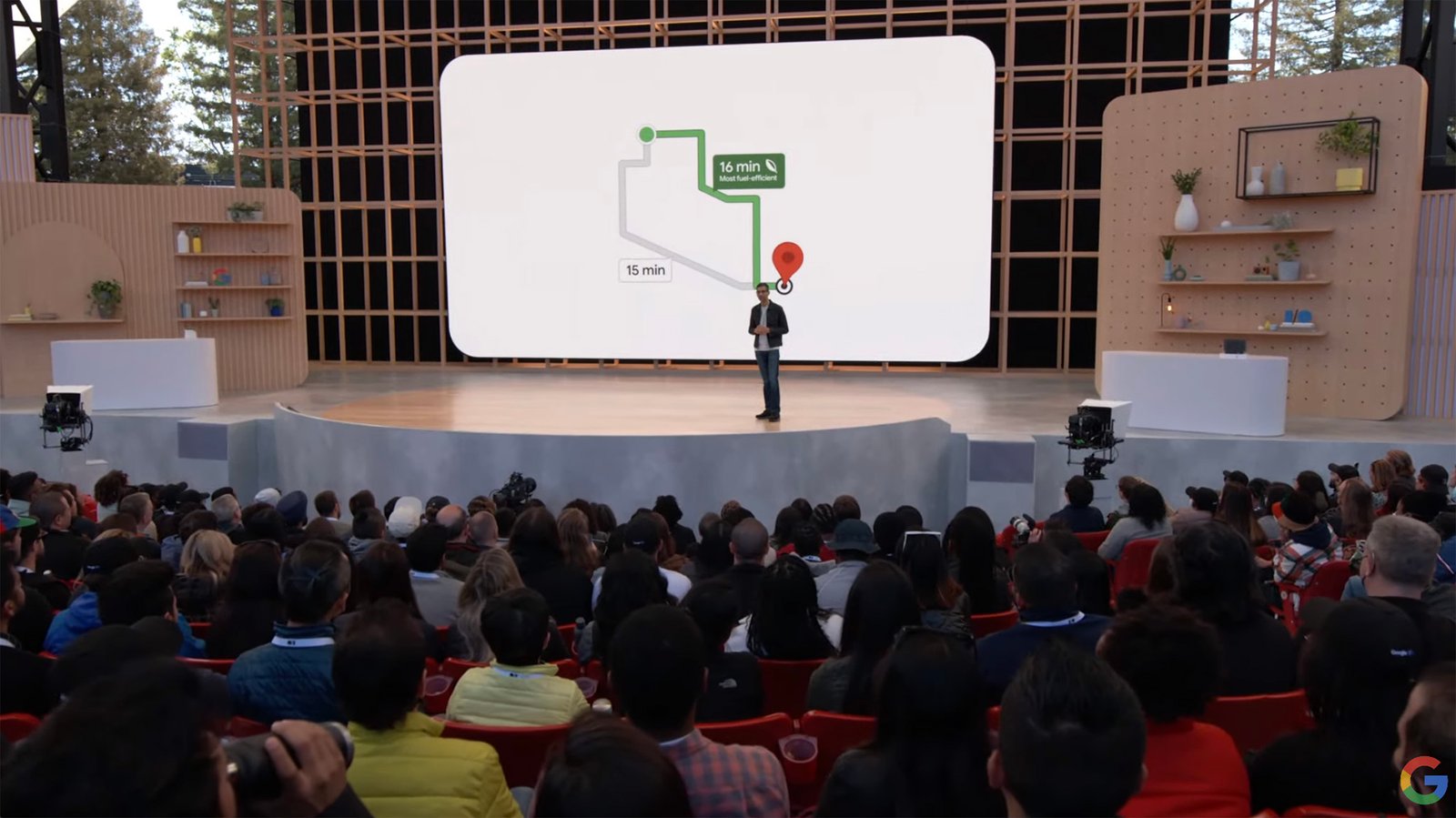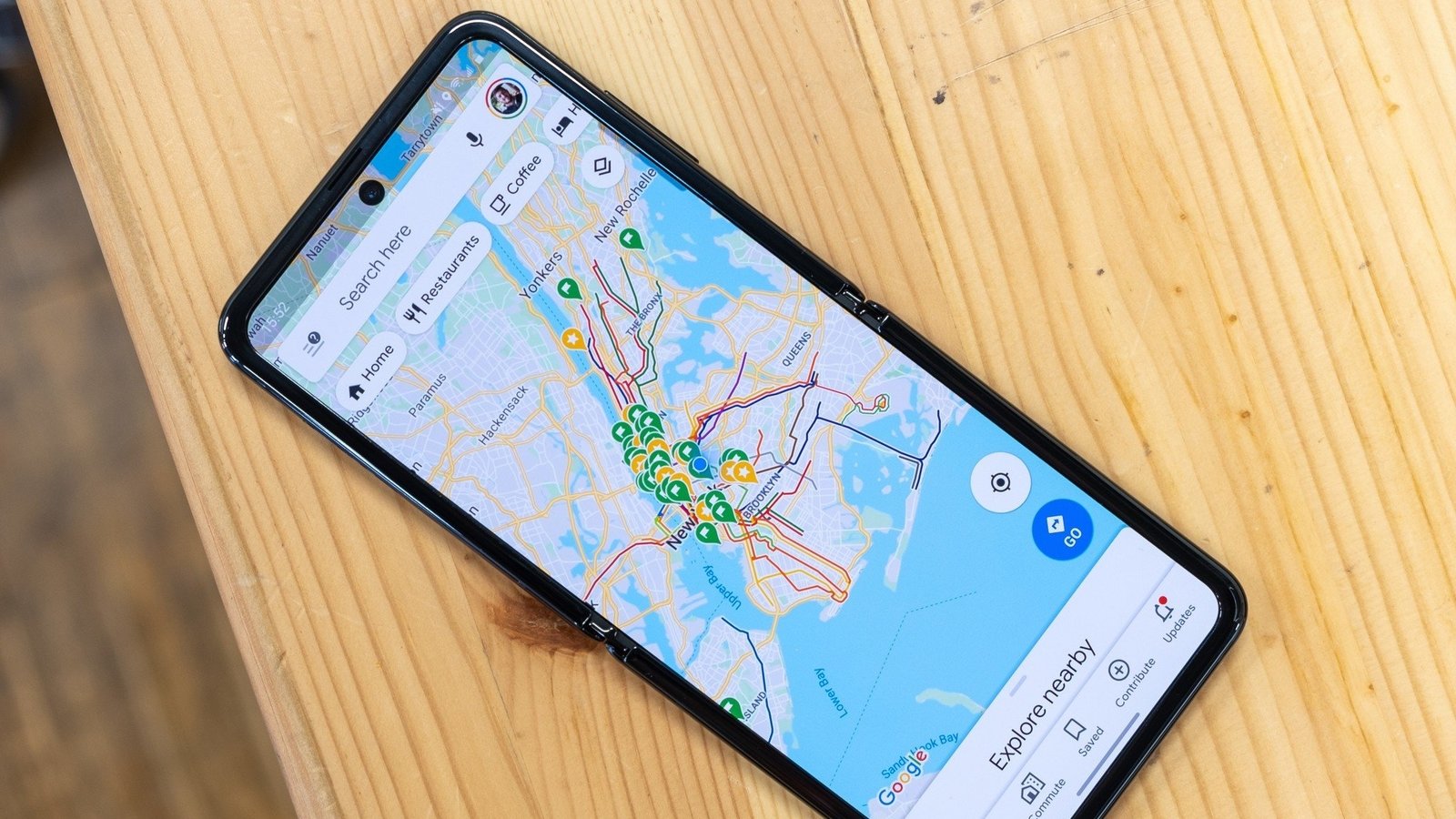Google Maps’ real-time traffic updates warn you about slowdowns and guide you toward “faster routes available.” Unfortunately, Google Maps is so ubiquitous that its recommendations can cause traffic-filled nightmares just as often as they help people escape them.
A few weeks back, I had a tech demo at Logitech’s offices in North San Jose, which I scheduled early to beat the rush. I left at 1 pm with 50 miles and a little over an hour to get home. As I took off, I saw a warning about an accident on 680N, so I turned on an audiobook and got ready for a brief slowdown.
It took two and a half hours to make it back. I had traveled from 680 to 238 to 84, then onto surface streets for over ten miles, then to 580, 13, 24, and finally back to 680 before coming to my exit. Seven different highways (if you count 680 twice) full to the brim with rerouted Google Maps users.
Here’s what happened. As I drove up 680, Google Maps warned me that the accident had caused a fifteen-minute slowdown and that exiting up ahead would save time. Since I didn’t have anyone there to check Google’s new route, I trusted the app’s advice and exited.
So did everyone else, it turns out! The siren call of a “Faster route available” sent thousands of drivers onto a two-lane street with only one exit lane for a turn two miles down the road. Everyone crammed into that lane while all the drivers unfamiliar with this new route frantically cut in line miles ahead, causing a huge slowdown. After about 20 minutes to drive a couple of miles, Maps rerouted me again.
I won’t bore you with a long, drawn-out description of a long, drawn-out drive. Suffice it to say that I very much regretted taking Google Maps’ advice instead of just sticking it out on the direct route. That would have probably saved me an extra hour of needless zig-zagging across the Bay Area.

Every friend or family member I’ve asked about Google Maps’ “faster route available” had an immediate traffic horror story to share, where the app sent them on some obscure side-street route to avoid gridlock on a highway or expressway, only for things to slow to a crawl because a ton of other drivers took the exact same route on a road not designed for heavy use. I’ve also seen r/Google Maps posts complaining about this.
Other times, people will carefully choose a specific route for a road trip or long haul with better scenery, more EV stations or rest stops, or better conditions for driving a large truck or RV — only for Google Maps to auto-reroute them to something “faster” unless you cancel the switch quickly enough. I’ve found several Reddit posts criticizing this very issue, with people suggesting tricks like adding extra stops just to prevent auto-rerouting.
Google Maps occasionally suggests that I “exit hop” or “freeway jump” in congested traffic, meaning I take an exit but stay in the left lane and reenter the freeway a mile ahead. It’s a jerk move that only slows traffic down in the long run, but it’s never clear that’s what you’re agreeing to do when Maps reroutes you.

My main problem is that Google Maps’ algorithm doesn’t seem to account for its own power to change the flow of traffic based on its wide reach. According to a MarketWatch study, 70% of U.S. drivers use Google Maps despite iPhones’ popularity here. So by observing that a road is empty, Maps changes that reality and shifts a ton of traffic to that new road, even though it ultimately won’t be much faster for the lemmings drivers following its advice.
I emailed a Google Maps contact and asked them about the algorithm. Does it account for current traffic levels or a road’s maximum capacity when it recommends a faster route? Are they aware of the drawbacks of the “faster route available” system—its engineers live in California, after all—and will Google’s new Gemini AI pivot lead to better recs down the line? As of yet, I haven’t heard back.
Anecdotally, most of the people I’ve asked about this say that they don’t let Maps reroute them anymore. They choose a route when they leave, and if it slows down, they stick to the current route because they don’t trust mid-route changes to pay off. Despite Google Maps’ smart reputation, this is one area where people have lost or are losing faith.
Many of Google’s recent Maps updates have focused on a UI overhaul for Android phones and GenAI recommendations on where to go. But rather than have Maps telling me about “places with a vintage vibe in SF,” I’d rather it focus on the fundamentals.
In my mind, Google Maps needs the “with great power comes great responsibility” talk. Sending a simultaneous signal to every Google Maps driver to converge on some backroad detour is a recipe for bottlenecks and further accidents. If Google can figure out how to be more prudent with its “Faster route available” recommendations, that’ll make everyone safer and happier.
This article was first published at Source link . You can check them out for other stuffs
